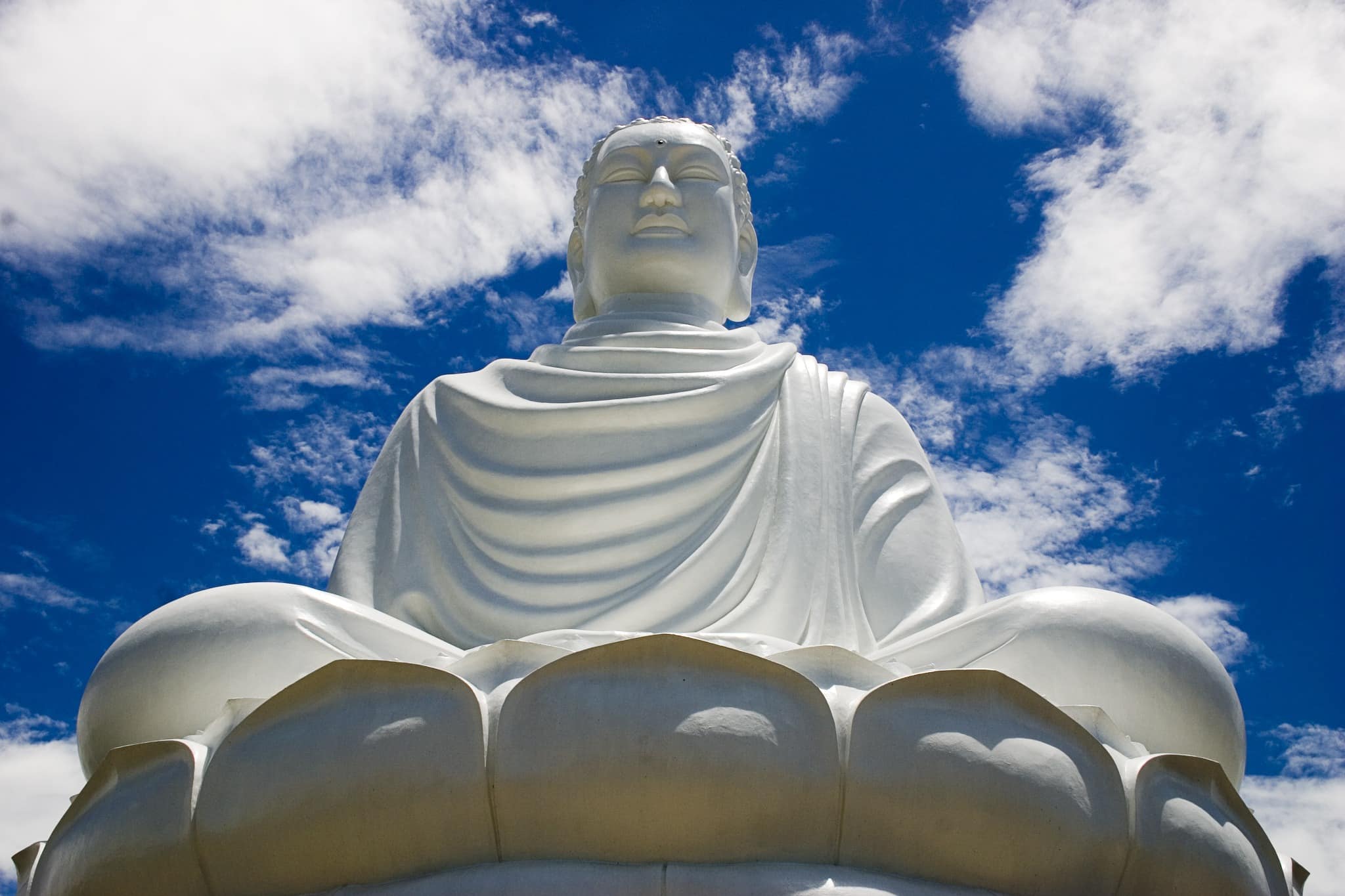The Buddha
Siddhartha Gautama Siddhartha Gautama, or the buddha, is the sage whose teachings were interpreted to form Buddhism. ‘Buddha’ means awakened one, or enlightened one and is titular for the first awakened being of an age. Siddhartha is the supreme buddha (Sanskrit सिद्धार्थ गौतम | samyaksaṃbuddha) and taught a middle way between the opposing philosophies of indulgence and asceticism in … Read more


